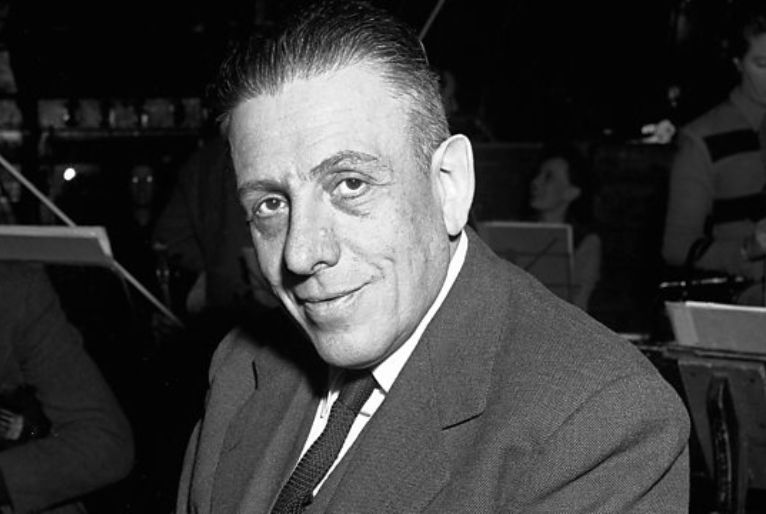Francis Poulenc (1899-1963), a central figure in 20th-century French music, combined wit, charm, and depth in his compositions. A member of the group “Les Six,” Poulenc’s works spanned a wide array of genres including solo piano pieces, chamber music, operas, and choral works. He was a master at blending humor and spirituality, making his compositions uniquely approachable yet profound. Here are five of his best works that showcase his genius:
1. Gloria (1959)
Poulenc’s Gloria is one of the most celebrated choral works of the 20th century. Composed for soprano soloist, large orchestra, and chorus, this six-movement sacred piece is filled with contrasts. Poulenc’s mastery of light and shade is evident in the joyful, sometimes playful, opening movements, while the darker, more reflective sections demonstrate his deeply spiritual side. The Gloria has become a staple in choral repertoires worldwide, and its beauty and emotional depth captivate audiences every time it is performed.
2. Concerto for Two Pianos and Orchestra in D minor (1932)
The Concerto for Two Pianos and Orchestra is a work full of energy, wit, and rhythmic complexity. Written for Poulenc and his friend Jacques Février to perform, this concerto reflects both the influence of Mozart and the sounds of Parisian cabarets. The playful interaction between the two pianos, along with the inventive orchestral writing, make it one of Poulenc’s most joyous and delightful compositions. The central movement, slow and meditative, is a lyrical gem, contrasting the spirited outer movements.
3. Dialogues des Carmélites (1956)
Dialogues des Carmélites is Poulenc’s most famous opera and one of the most powerful operatic works of the 20th century. The opera is based on the true story of the Martyrs of Compiègne, a group of Carmelite nuns who were guillotined during the French Revolution. The music is deeply emotional, blending Poulenc’s unique style with the weight of the tragic subject matter. The final scene, in which the nuns sing as they are led to the guillotine, is both harrowing and transcendent, a testament to Poulenc’s ability to convey profound emotion through music.
4. Sonata for Flute and Piano (1957)
One of the most beloved pieces in the flute repertoire, Poulenc’s Sonata for Flute and Piano is a perfect example of his ability to write music that is both technically demanding and beautifully lyrical. The first movement is light and playful, while the second movement, Cantilena, is a slow, expressive melody that showcases Poulenc’s gift for creating memorable tunes. The final movement is brisk and full of life, making the sonata a delightful challenge for performers and a joy for audiences.
5. Les Biches (1923)
Les Biches is a ballet score composed for Sergei Diaghilev’s Ballets Russes. Poulenc’s music is witty, charming, and full of light-hearted mischief, reflecting the playful and flirtatious nature of the ballet’s plot. With its vibrant orchestration and lively rhythms, Les Biches captures the essence of 1920s Parisian chic. The work blends neo-classical elegance with jazz influences, creating a unique sound that became one of Poulenc’s trademarks. Even today, Les Biches remains one of the most frequently performed ballets of Poulenc’s output.
Conclusion
Francis Poulenc’s music remains a vital part of the classical canon, celebrated for its blend of humor, elegance, and emotional depth. Whether in his sacred choral works, operas, or chamber music, Poulenc’s compositions showcase his mastery of different musical forms and his ability to communicate profound emotions through his playful yet deeply expressive style. These five compositions offer a glimpse into the breadth of his genius, making him one of the most distinctive voices of 20th-century music.


Comments are closed